Introduction: Defining "Available" vs. "Reliable"
In the world of film slitting machines, "available" and "reliable" represent two distinct levels of equipment:
• Available: The equipment can basically complete the slitting task, but it is prone to problems such as accuracy fluctuations, downtime failures, and unstable product quality when facing different materials, different process requirements, or long-term operation. It solves the "yes or no" problem, but users need to invest a lot of effort in monitoring, adjusting, and maintaining.
• Reliable: The equipment can continuously and consistently produce high-quality products under the set process parameters. It has a certain tolerance for material fluctuations and environmental changes, long mean time between failures, and low maintenance costs. It creates stable and efficient production efficiency and predictable profits for users.
The leap from "usable" to "reliable" is not a breakthrough of a single technology, but a systematic and refined engineering design process that runs through the whole chain of mechanical structure, drive control, process software and human-computer interaction.
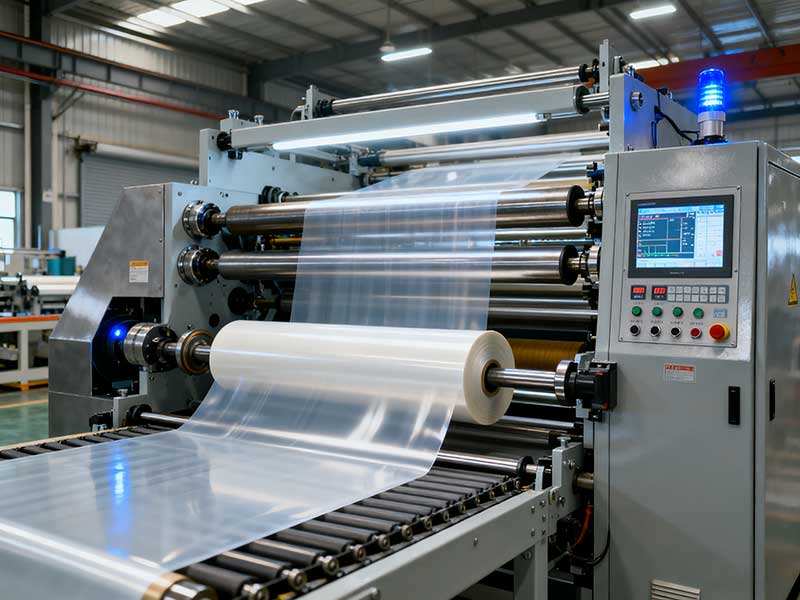
First, the cornerstone of the stability of the mechanical body: rigidity, precision and thermal management
Mechanical structure is the physical foundation of stability, and any slight deformation or vibration can be amplified during high-speed operation, directly affecting the slitting quality.
1. Foundation frame and wall panels: rigid design that goes beyond "sufficient"
◦ Practice: Abandon the traditional design that only satisfies static loads, and use finite element analysis for dynamic rigidity and modal analysis. For torsional vibration and shaking generated during the start and stop of the slitting machine and high-speed operation, the layout of the rib plate and the thickness of the material are optimized. The use of cast iron or welded stress-relieved annealed steel structure ensures the long-term dimensional stability of the foundation and fundamentally suppresses the source of vibration.
2. Design and Configuration of Core Roll System: The Art of Precision and Drive
◦ Flattening roller and traction roller: Reasonable roll system layout is the prerequisite for eliminating film wrinkles and ensuring uniform tensioning. The dynamic balance rating of the roller must be G2.5 or higher to prevent vibration caused by centrifugal forces at high speeds.
◦ Tool holder system: This is the "heart" of the slitting machine. A "usable" design may focus only on the adjustable range of the tool holder, while a "reliable" design is the ultimate goal:
▪ Rigidity: The tool holder base and slide rail have extremely high rigidity to avoid micro-displacement caused by cutting forces.
▪ Repeatable positioning accuracy: The use of high-precision ball screw or linear motor, with absolute value encoder, ensures that the repeated positioning accuracy of the tool position after each specification change is within ±0.05mm.
▪ Stability of the female knife roller (bottom cutter): The hollow water-cooled structure is used to effectively control the heat generated by friction with the film and prevent thermal expansion from causing pressure changes and dimensional drift of the cutter line.
3. Selection of connection and transmission parts
◦ Bearings: Key rollers (such as female knife rollers, traction rollers) are made of high-precision and high-rigidity SKF or NSK brand bearings, and reasonable preload technology is used to ensure long life and low noise.
◦ Coupling: The connection between the servo motor and the roller, preferentially use diaphragm or bellows coupling, which can compensate for the small alignment error, transmit torque without backlash, and is more stable than the traditional torx coupling.
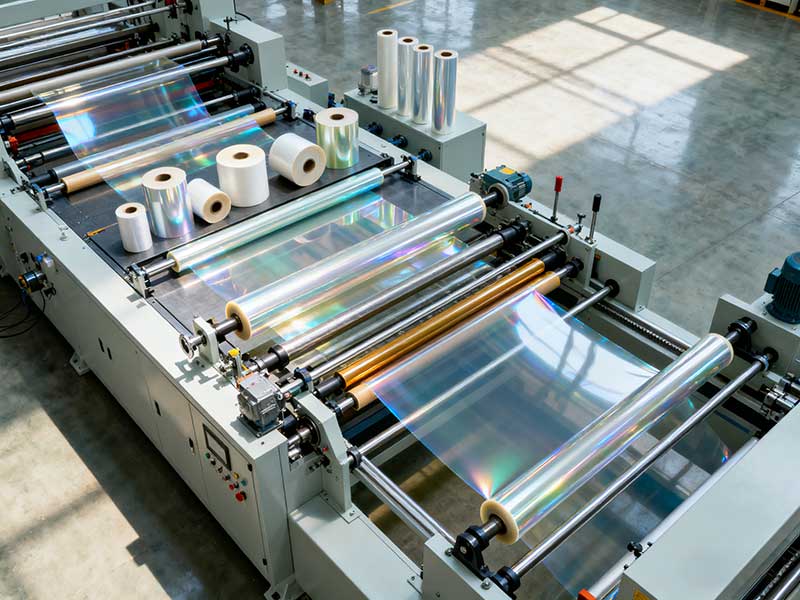
Second, the stability core of the control system: tension, synchronization and anti-interference
The control system is the brain and nerve of the slitting machine, and its stability directly determines the consistency of the process.
1. Refinement of tension control
◦ Multi-stage tension control: From unwinding, feeding traction, slitting area to outgoing traction and winding, an independent closed-loop tension control system is established. The combination of floating roller + tension sensor is used, the floating roller acts as a buffer, and the sensor provides precise feedback to form a smoother PID control loop.
◦ Retract taper control: The "Available" device may only provide a simple linear taper. The "reliable" equipment provides a variety of taper curves (e.g., linear, quadratic, custom curves) and can be optimized according to the material properties (e.g., elastic modulus) to ensure that the coil is tight from the inside to the outside, avoiding the collapse or overtightness of the "cabbage" to unwind.
2. Full-axis synchronization and disturbance suppression
◦ Virtual spindle technology: Synchronous motion control based on high-speed real-time Ethernet (e.g. EtherCAT). All servo axes (unwinding, traction, rewinding) are locked on a virtual spindle for tight electronic gear/electronic cam synchronization. When a certain link (such as the change of unwinding inertia) is disturbed, the system can instantly redistribute the speed of each axis to maintain the global tension stability.
◦ Feedforward control: actively compensates for known interferences. For example, fine-tune the rewinding torque in advance when detecting a change in the unwinding diameter rather than waiting for tension fluctuations to occur.
3. Reliability of electrical components
◦ Industrial or even heavy-duty PLCs, servo drives and I/O modules are selected, which have a wider operating temperature range and stronger anti-electromagnetic interference ability. Standardized wiring, shielding and grounding treatment are the "invisible" projects to ensure the stable operation of the control system in complex industrial environments.
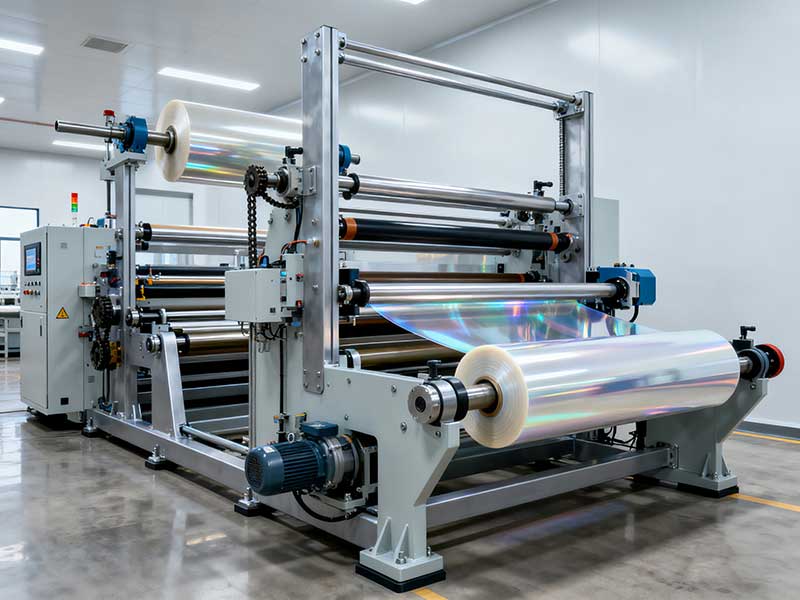
Third, stability empowerment of software and algorithms: intelligence and predictability
The reliability of modern slitting machines is increasingly dependent on software.
1. Parameter recipe and one-click order change
◦ "Reliable" slitting machine with a complete recipe management system. All successful process parameters (tension, pressure, speed, taper, etc.) are saved and recalled at the touch of a button. This eliminates human error and ensures a high degree of consistency in product quality across batches and specifications.
2. Diagnosis and early warning system
◦ From Post-Failure Repair to Predictive Maintenance. The system monitors the operating status of key components in real time, such as servo motor load rate, bearing temperature, vibration data, etc. When the data shows abnormal trends, proactively prompt maintenance to avoid sudden downtime. For example, monitoring the current of the female tool roller can indirectly determine the wear of the tool.
3. Error-proof design of human-computer interaction
◦ The operation interface is logically clear, and the parameter settings are boundary limits and logical interlocks to prevent the operator from entering dangerous or unreasonable values. Provides detailed fault logs and historical data curves to quickly locate the root cause of the problem.
4. Integration and debugging: final stability tempering
A well-designed slitting machine requires rigorous installation and commissioning to reach its full potential.
• Precise Leveling and Alignment: High-precision levels must be used during equipment installation, ensuring basic leveling. Laser alignment must be carried out between all roll systems to ensure that the film running path is free of deflection stress.
• Systematic debugging: Debugging is not only about getting the machine moving, but also about the joint optimization of mechanical, electrical, and software systems. It includes PID parameter setting, tension system step response test, high-speed dynamic balance verification, etc.
conclusion
Upgrading the film slitting machine from "usable" to "reliable" is an evolutionary process from empirical design to scientific design, from satisfying functions to pursuing the ultimate. It requires engineers to focus not only on the performance of individual components, but also on the coupling between mechanical dynamics, control theory, materials science and software engineering, and to integrate stability design into every detail of the equipment through systematic engineering practices – from accurate FEA analysis and rigorous component selection to intelligent control algorithms and meticulous on-site debugging.
Ultimately, a "reliable" film slitting machine is no longer just a production tool for users, but a strategic asset to ensure their production efficiency, product quality and market competitiveness.




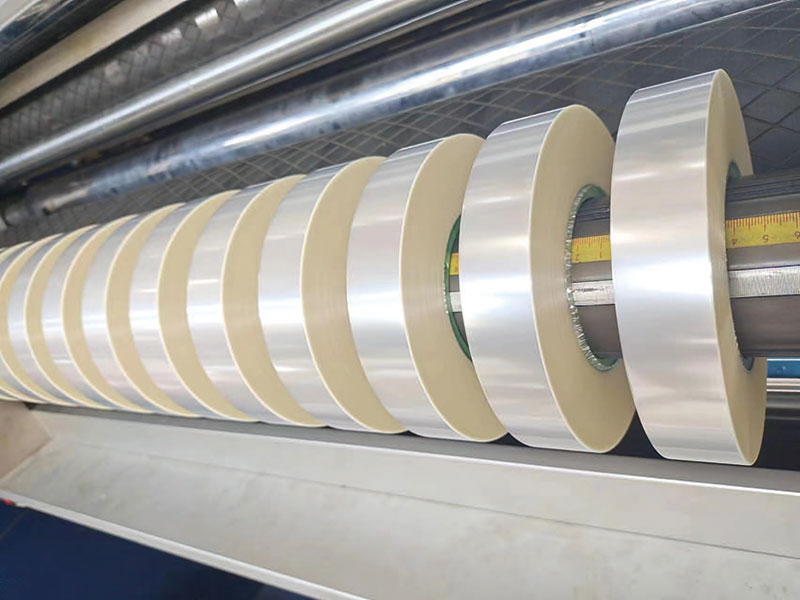
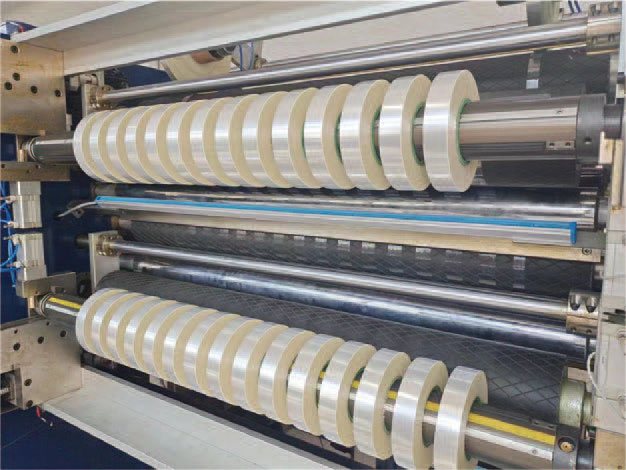
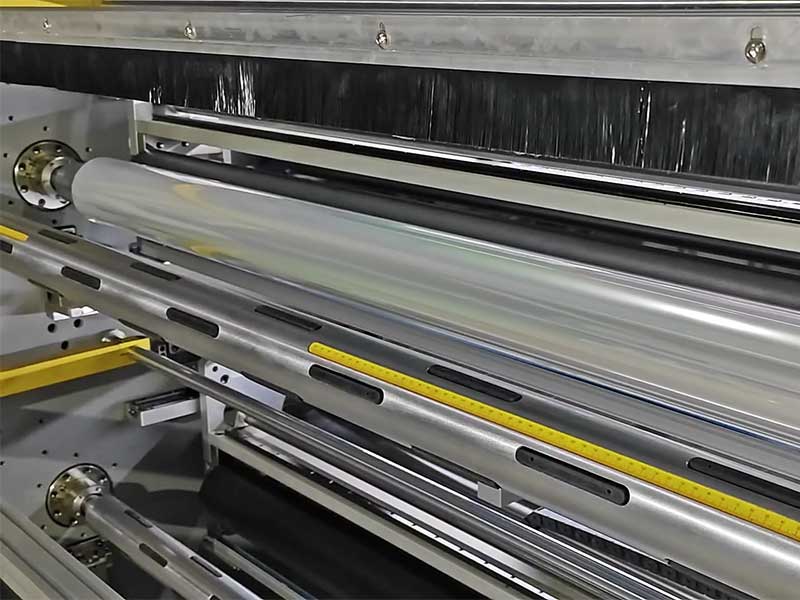
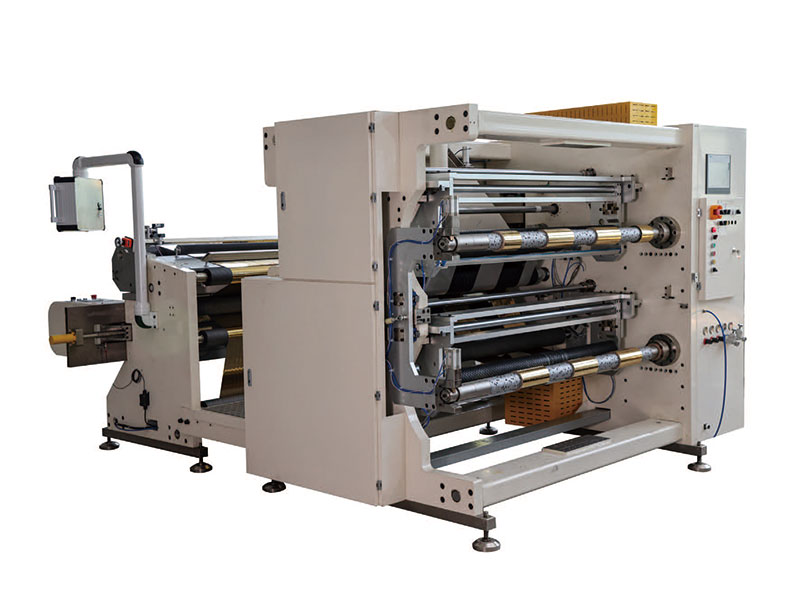 1400mm Hot Stamping Foil Slitting Machine
1400mm Hot Stamping Foil Slitting Machine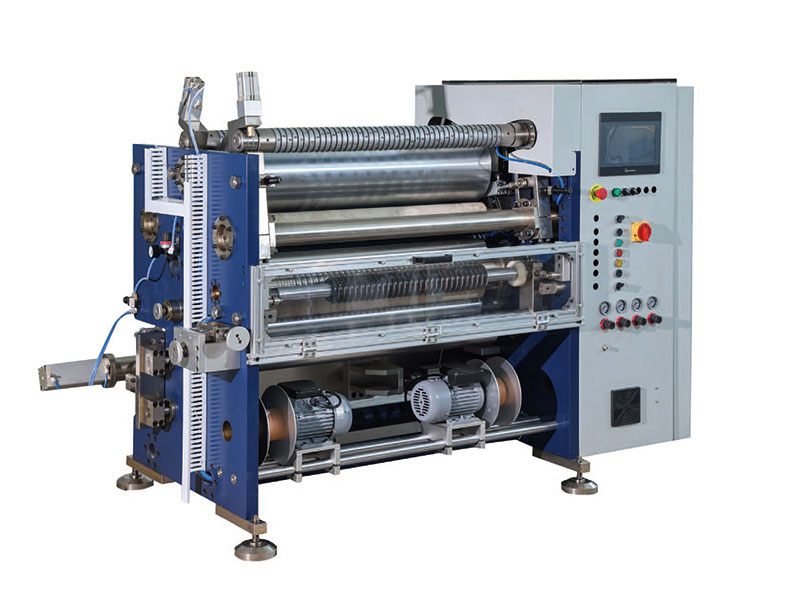 800mm Hot Stamping Foil Slitting Machine
800mm Hot Stamping Foil Slitting Machine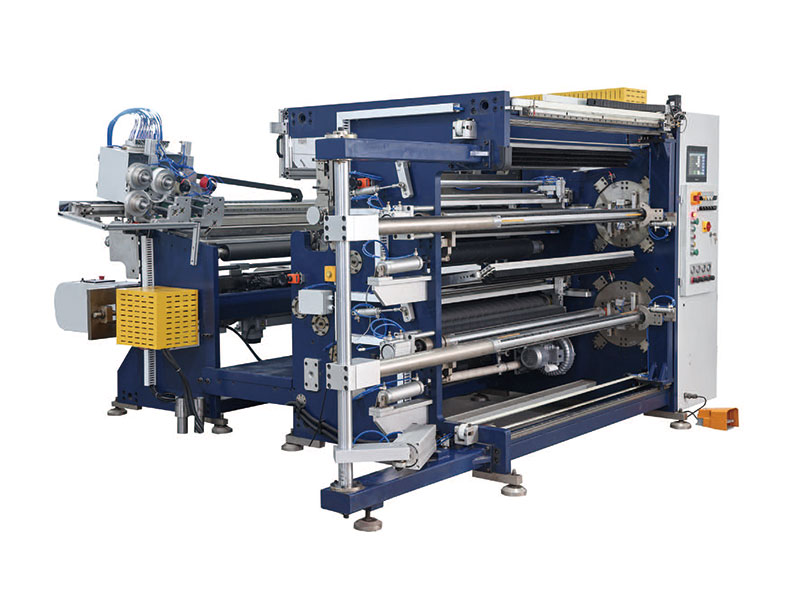 1350mm Hot Stamping Foil Slitting Machine
1350mm Hot Stamping Foil Slitting Machine New Energy Ultra-thin Film Slitting Machine For Capacitive Film
New Energy Ultra-thin Film Slitting Machine For Capacitive Film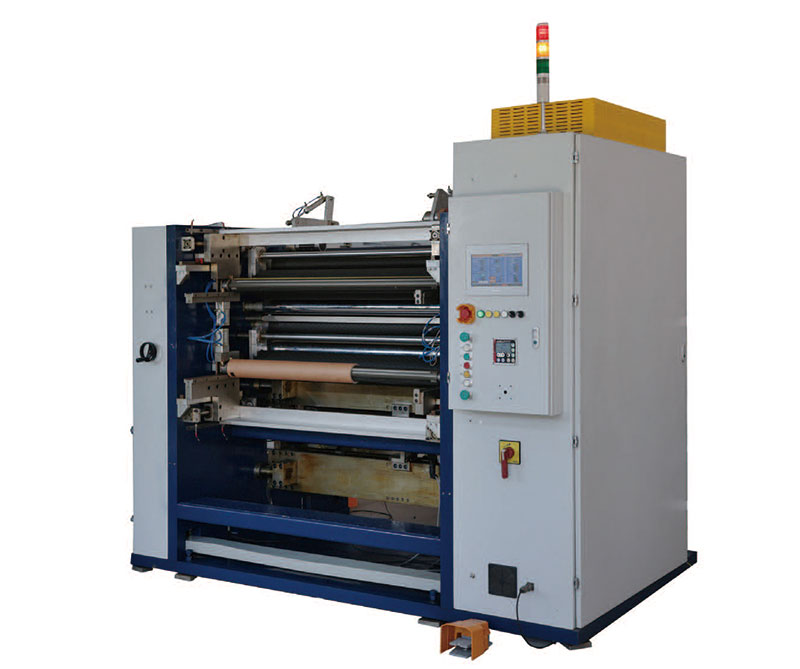 New Energy Ultra-thin Film Slitting Machine For MOPP
New Energy Ultra-thin Film Slitting Machine For MOPP New Energy Ultra-thin Film Slitting Machine For MPET
New Energy Ultra-thin Film Slitting Machine For MPET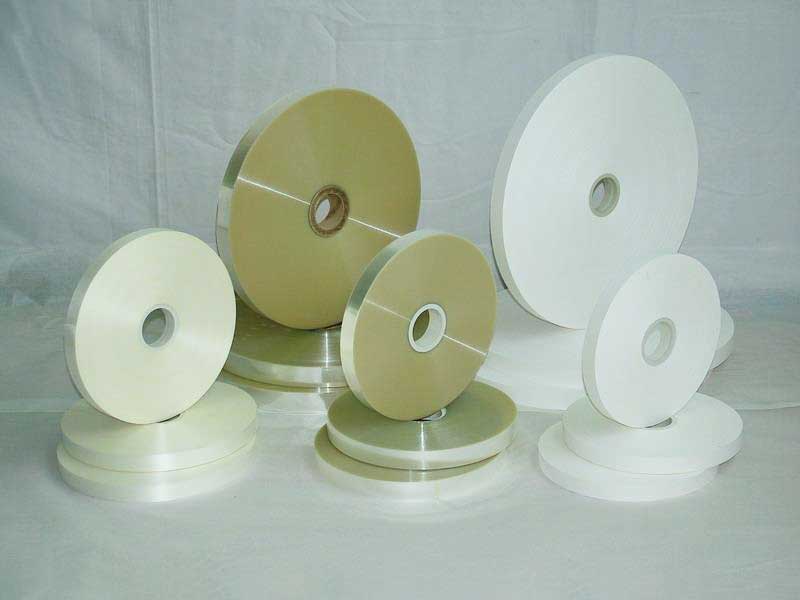 Film Slitting Machine
Film Slitting Machine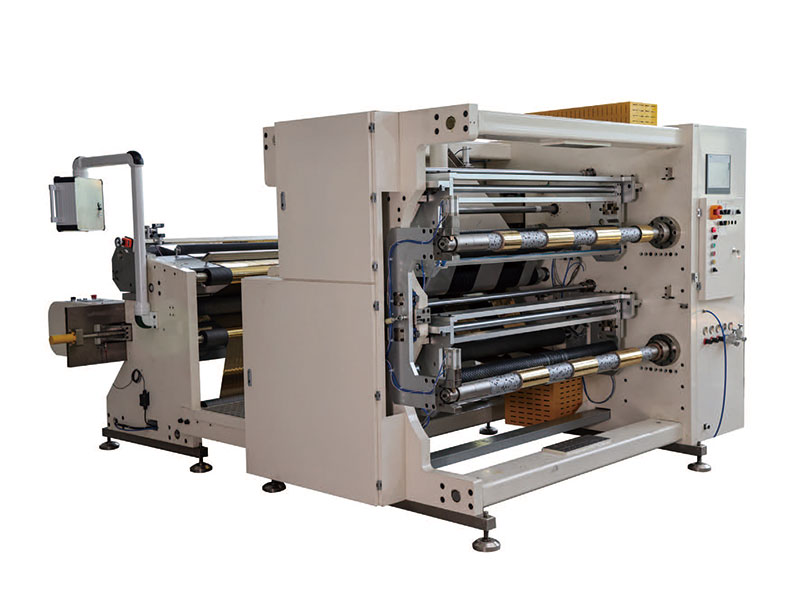 1400mm Copper Foil Slitting Machine
1400mm Copper Foil Slitting Machine

